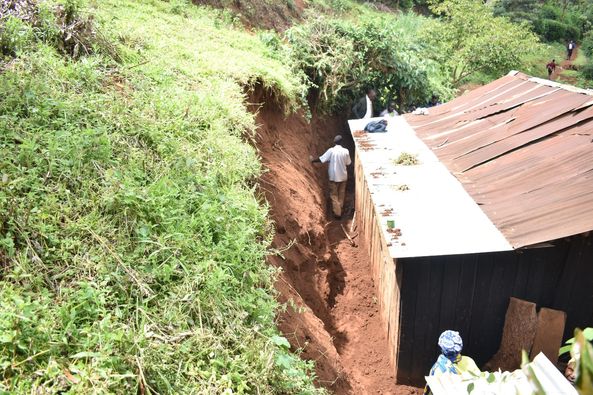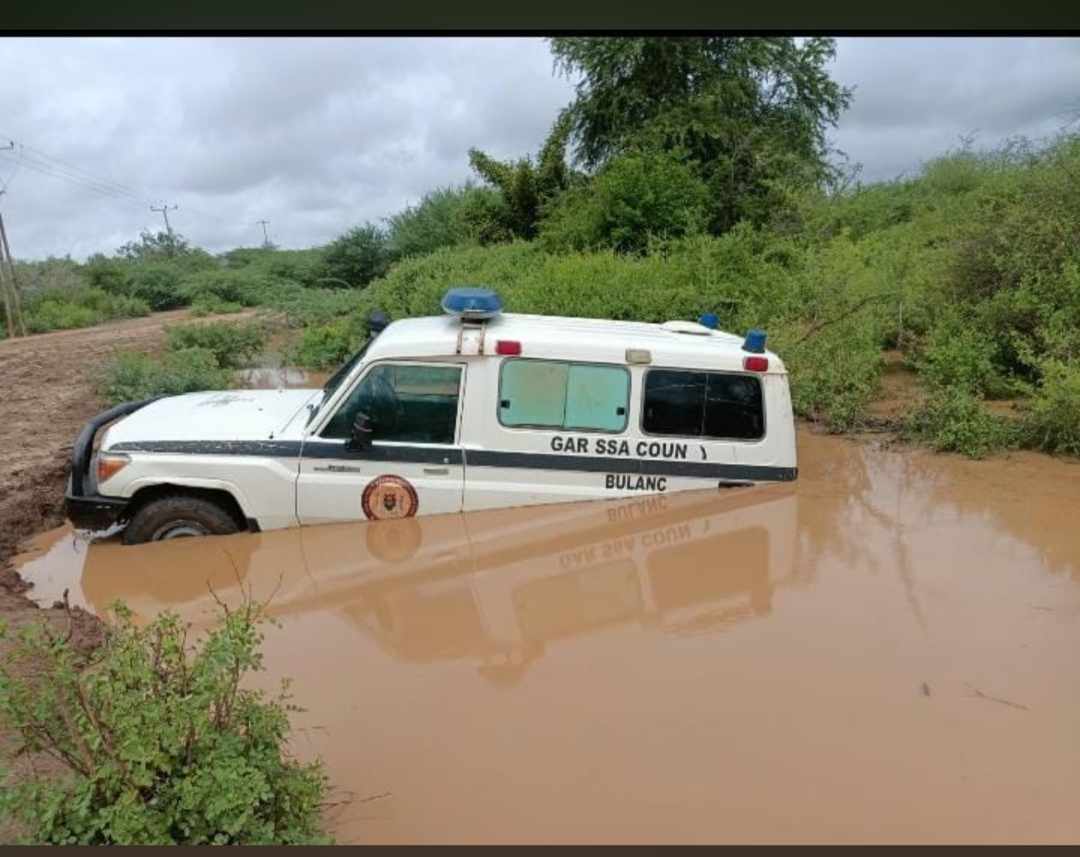Adverse effects of climate change have hit many farmers in Murang’a County in the recent past leading to poor food production and meager returns.
For the past two rainy seasons Murang’a has witnessed prolonged dry spells with the county recording less than 70 percent of the rains it used to get in the short-rainy season.
Murang’a county meteorological director Mr. Paul Murage says the current season which is coming to end the county received less than 50 percent of rains.
The dry weather has affected production of many crops especially bananas which are widely grown in the county.
Murage said both the short and long rain seasons have been characterized by unpredictable dry weather greatly affecting crops.
“With the effects of climate change, farmers need to adopt climate smart technologies, innovation and practices in growing crops,” he added.
Low production of bananas have impacted the market trends with demand currently being higher than the supply.
Farmers could opt for irrigation but due to the climate change, low water levels in the majority of rivers in the county have been witnessed.
The managing director Saba Saba agribusiness farmers’ cooperative society Ms Hellen Wanjugu has confirmed that the minimal rainfall experienced in the county has profoundly affected banana production.
“On a good month we would receive over 30 tonnes of raw bananas from the members of the cooperative, she said.
“However since the rains failed and weather patterns changed, the production has gone down to less than 15 tonnes in a month,” she added, noting that the high market demand is not being met as they are getting more orders than they can supply.
She further revealed that less than average amount of rainfall has also affected the quality of bananas that the farmers are harvesting and this in turn affects the prices.
“If we have the best quality of bananas the price would be at Sh.16 compared to the current market price of Sh.13 Per kilo of green mature bananas. The produce we are receiving currently is of low quality due to the continued drought,” stated Wanjugu.
Bananas grow well with annual rainfall of between 1000 and 2500mm whereas optimal yields require a well distributed annual rainfall of more than 1400mm.
A local farmer, Esther Wanjiku Munyua from Maragua Sub county, who has earned a livelihood through banana farming since 2001 is one of the farmers whose banana production has been greatly affected by the prolonged dry spells.
“Previously I would harvest between 500 -600 kilos every fortnight but currently I harvest between 200 and 300 kilos,” decried Wanjiku, a retired teacher.
She continued, “Since I do not have water for irrigation I rely on rainfall and practice healthy farming practices like thinning, and mulching to conserve moisture from the little rainfall we receive.”
Julius Njeru another banana farmer who has managed to sink two boreholes in his expansive farm in Murang’a admits that whereas irrigating his farm has ensured he gets a steady production of bananas when the rains fail, the cost to maintain the irrigation has been huge.
“With adequate rainfall coupled by the irrigation I carry out, I would sell between 700 and 800 kilos of bananas per delivery but now I sell between 400 and 500 kilos,” noted Njeru.
He added that by using irrigation water the maturity rate slows downs unlike when the rainfall is adequate.
The farmers called for concerted efforts to curtail effects of climate change saying the government should spearhead measures that will ensure reforestation among other ways to combat adverse weather conditions.


